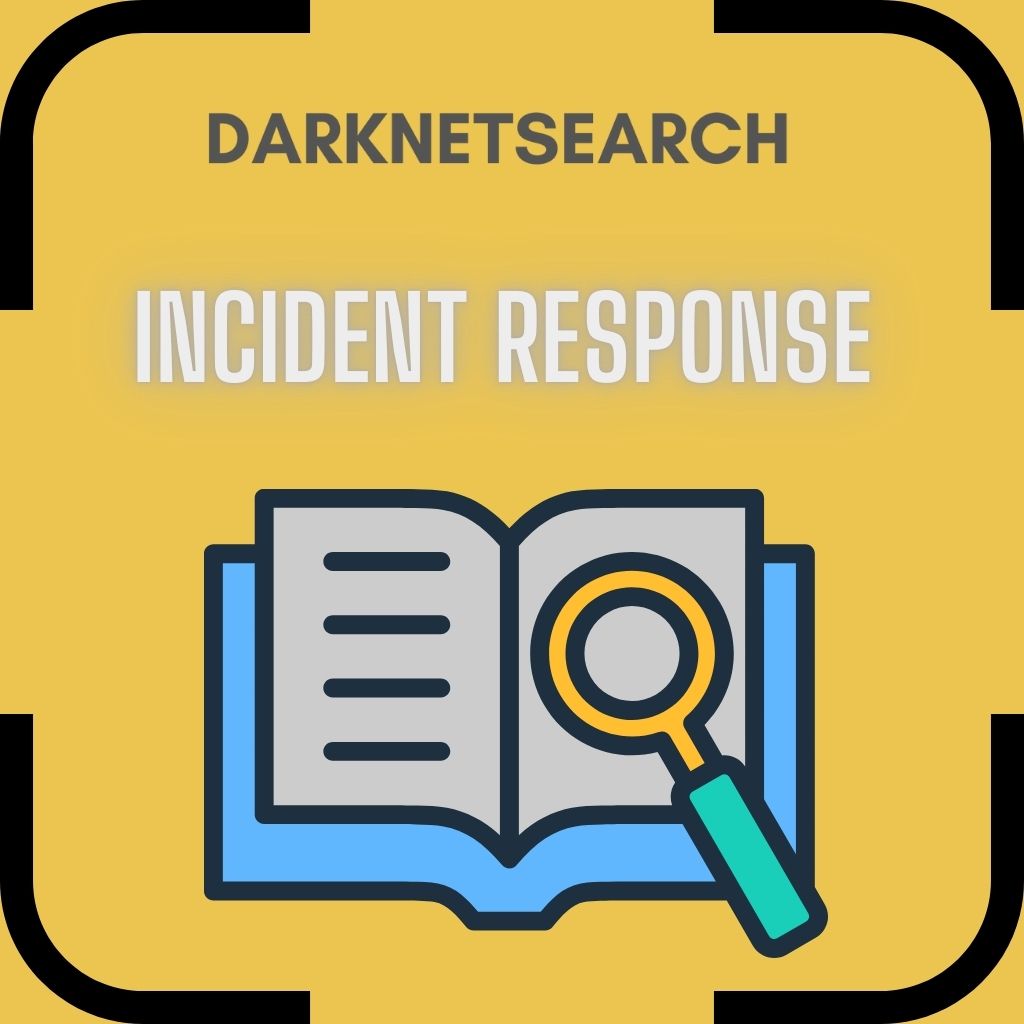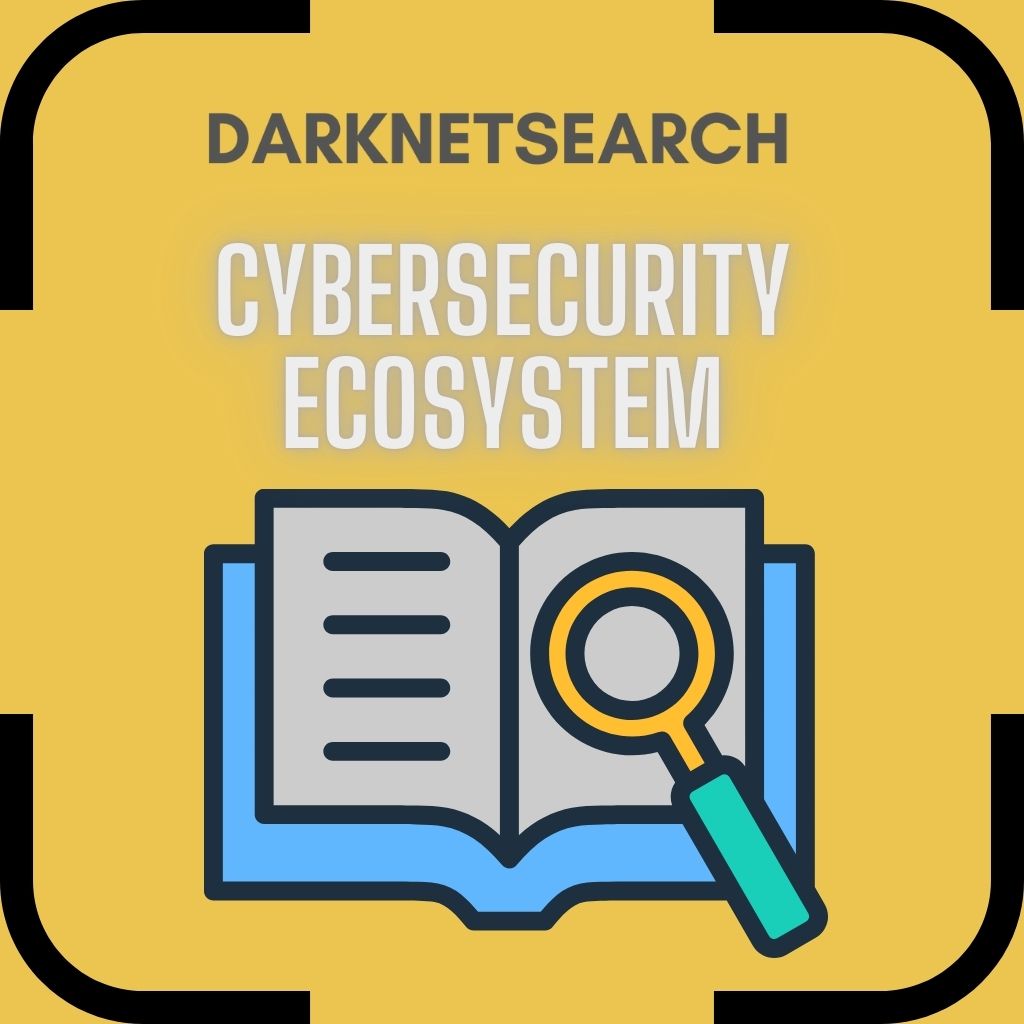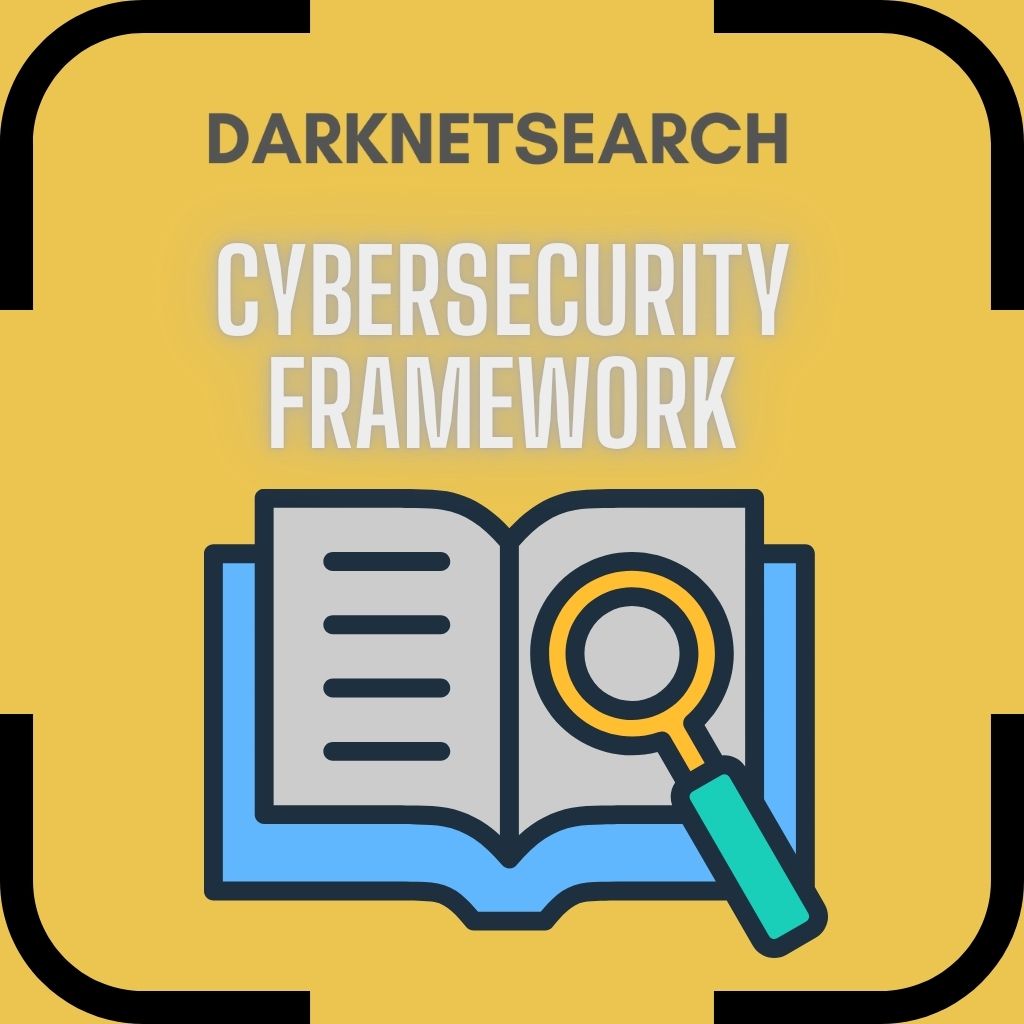Tag: Glossary
-

Incident Response
Incident Response is no longer a niche capability reserved for large enterprises. In today’s threat landscape, every organization connected to the internet must be prepared to detect, contain, and recover from security incidents quickly and efficiently. From ransomware outbreaks to credential leaks and infrastructure compromises, cyber incidents are inevitable. What defines success is not whether…
-

Script Kiddie
The term script kiddie is widely used in cybersecurity to describe an individual who carries out cyber attacks using pre-built tools, scripts, or exploits created by others. Unlike skilled hackers, a script kiddie typically lacks deep technical knowledge and relies on automated software to perform attacks. 🧠 Understanding what a script kiddie is and how…
-

GDPR
Understanding What is GDPR has become essential for any organization handling personal data in the EU or serving EU-based customers. As digital ecosystems expand, privacy regulations are more relevant than ever. This guide explains what the General Data Protection Regulation truly means, how it works, and why GDPR compliance remains a legal and strategic necessity…
-

Typosquatting attack
A Typosquatting attack is one of the most deceptive and effective forms of domain impersonation used by cybercriminals to trick users into visiting fraudulent websites. This cyberattack is based on registering domain names that look almost identical to legitimate ones, exploiting simple typing errors, visual similarity, or character substitution. When a victim clicks or types…
-

Clickjacking
What is Clickjacking? Clickjacking attack is one of the most deceptive and underestimated web threats today. It works by tricking users into clicking invisible or disguised elements, making them perform actions they never intended to. This manipulation can expose accounts, authorize payments, or enable dangerous functions without user awareness. As companies push for better cybersecurity,…
-

Cybersecurity Ecosystem
The cybersecurity ecosystem plays a critical role in how organizations protect their infrastructures, data, and users in an increasingly hostile digital world. Understanding what is cybersecurity ecosystem is essential for any business facing new threats, expanding attack surfaces, and the rapid evolution of digital technologies. As cybercriminals use automation, AI and advanced intrusion methods, the…
-

Remote Code Execution
Remote code execution (RCE) is one of the most dangerous cybersecurity threats companies face today 😱. When hackers exploit an RCE vulnerability, they gain the ability to run malicious code on a victim’s device or server—often without any interaction from the user. Understanding what is remote code execution is essential because this type of cyber…
-

Session Hijacking
Session hijacking has become one of the most dangerous and common attack methods used by cybercriminals to compromise user accounts and gain unauthorized access to digital systems. In today’s hyper-connected world, millions of users interact with websites, apps, and cloud platforms every hour, creating countless authentication tokens that attackers try to intercept 🚨. This form…
-

Cybersecurity Framework
The term cybersecurity framework has become essential for organizations that need structured protection against modern cyber risks. A cybersecurity framework provides a strategic, repeatable, and measurable way to safeguard systems, data, and operations. It guides companies through risk assessment, governance, detection strategies, and incident response while helping them comply with industry regulations. In a world…
-

Cryptocurrency
Cryptocurrency has revolutionized the world of finance. 🌍 It’s not just a buzzword anymore — it’s a new kind of money that exists purely in digital form. But what exactly is cryptocurrency, how does it work, and why is it so important in today’s economy? At its core, cryptocurrency is a digital currency secured by…
